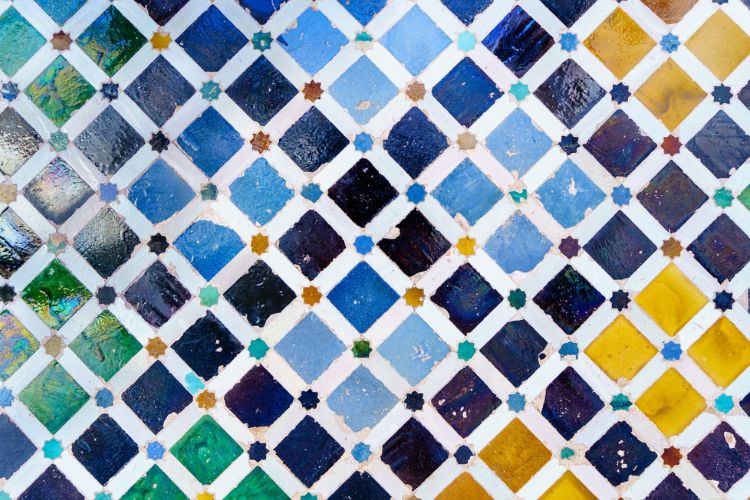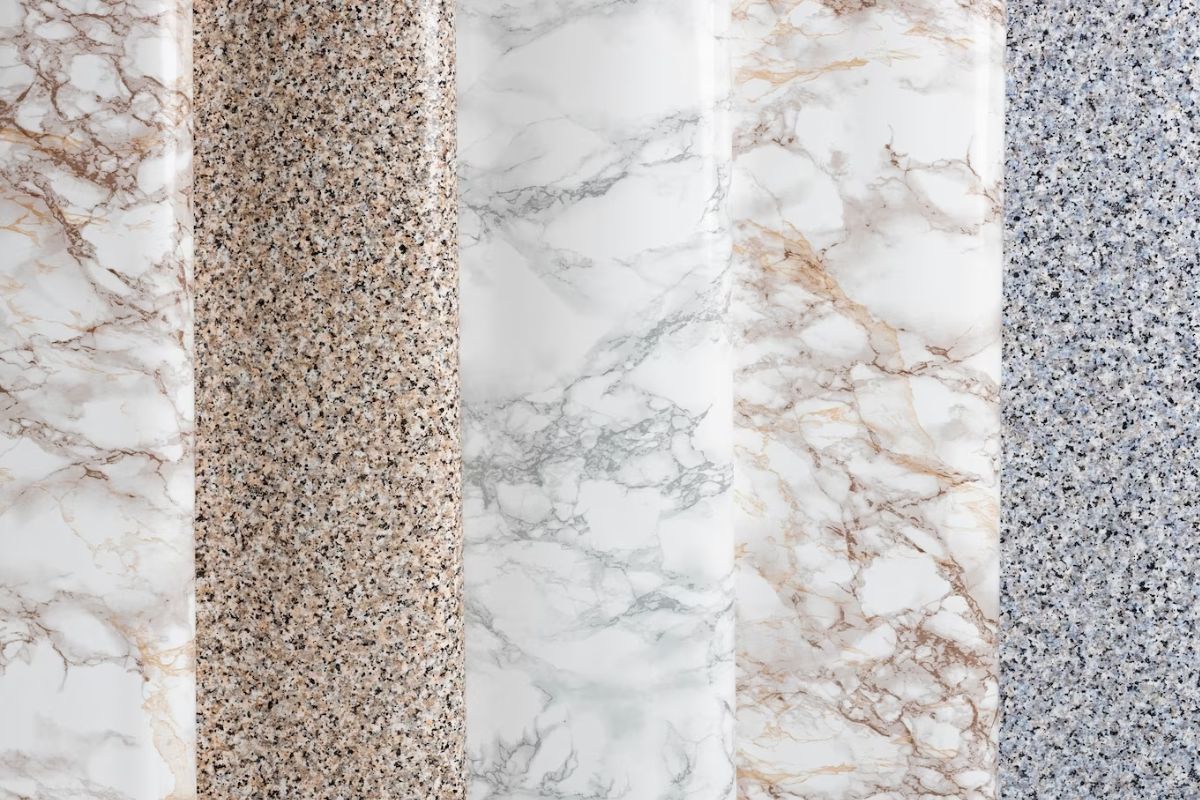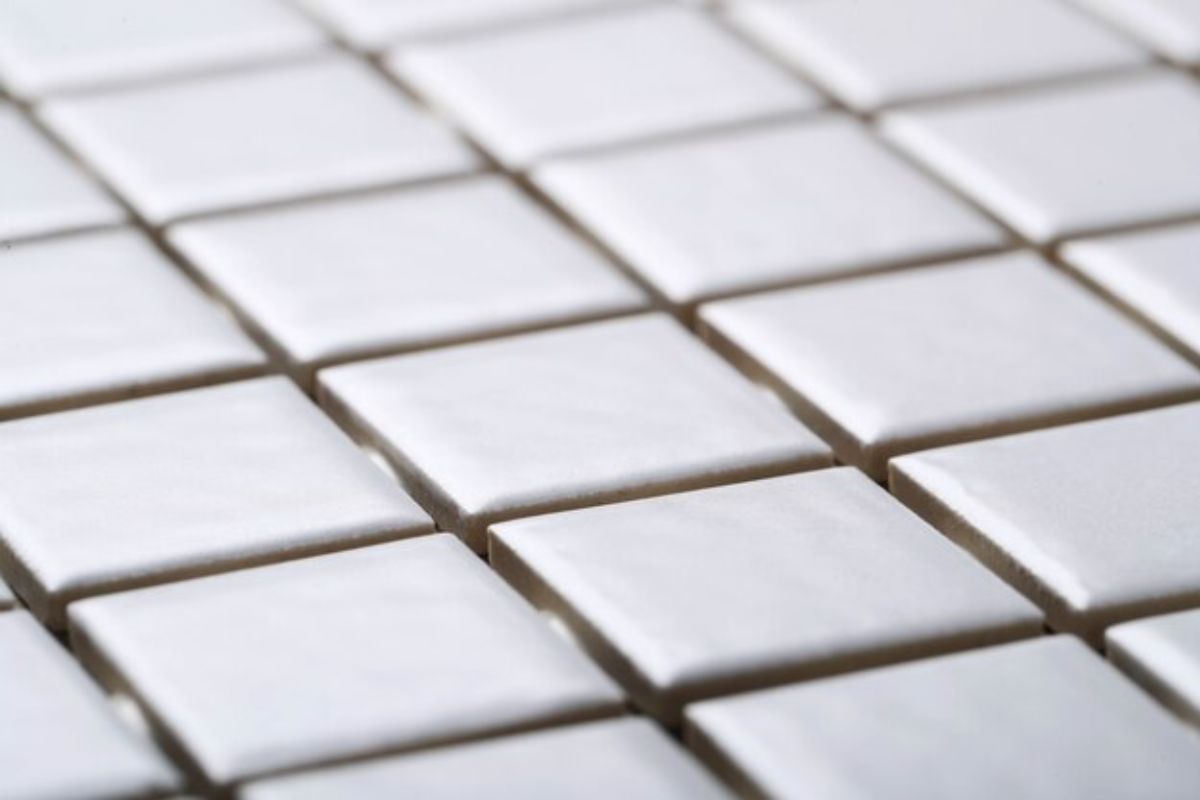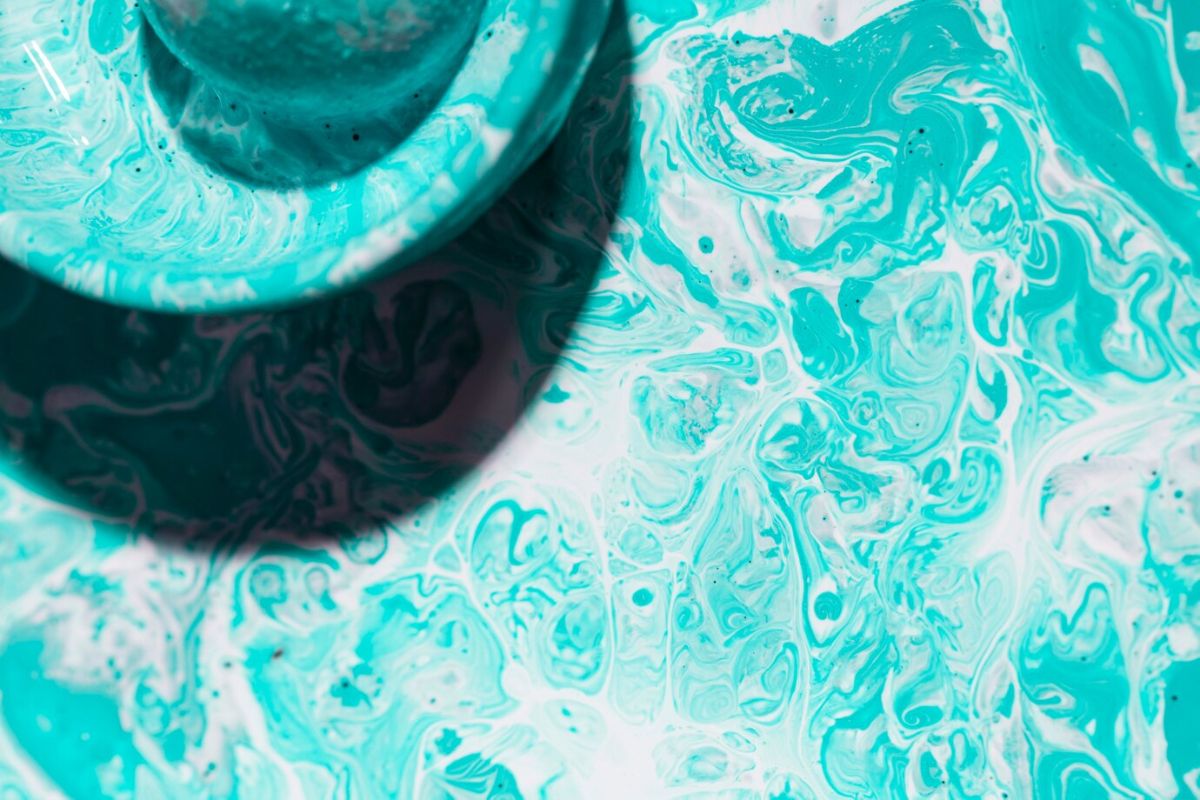From the grandeur of Roman temples to the chic interiors of contemporary homes, travertine has cemented its place in architectural history. This unique stone has a characteristic appearance and myriad applications, making it a favorite for both homeowners and designers alike. In this article, we'll delve into the world of travertine tiles, exploring their origin, benefits, and usage tips.
Origin and History of Travertine
Travertine is a type of limestone that forms around mineral spring deposits. Its name derives from the ancient town of Tibur (now Tivoli) near Rome, Italy, a region historically known for its abundant travertine reserves.
The Romans extensively used travertine in building monumental structures like the Colosseum, and many of these structures still stand as a testament to the material's durability. But it's not just about durability; travertine's naturally occurring patterns and warm tones have made it synonymous with luxury and timeless beauty.
Characteristics of Travertine Tile
Unlike other stones, travertine has a porous structure, characterized by pitted holes and troughs in its surface. These holes are often filled to provide a smoother surface, or they can be left unfilled for a more rustic look. Its colors range from pale ivory to rich gold and even warm browns, depending on the specific minerals present during its formation.
Why Choose Travertine?
Natural Beauty:
Travertine tiles bring a touch of nature into homes. Their unique patterns ensure that no two tiles are exactly alike.
Durability:
It's a hard-wearing material, resistant to temperature fluctuations, making it suitable for both indoor and outdoor applications.
Versatility:
From floors to countertops and backsplashes, its diverse application makes it a favorite for various home projects.
Value Addition:
Natural stone, including travertine, can significantly boost a property's resale value.
Using and Maintaining Travertine Tile
- Sealing: Given its porous nature, it's essential to seal travertine tiles, especially in areas prone to spills. This prevents staining and ensures longevity.
- Cleaning: Warm water and a soft cloth or mop are typically all that's needed. Avoid acidic cleaners as they can etch the stone.
- Repair: The good news is that if a travertine tile gets damaged, it can often be replaced without disturbing the surrounding tiles.
Conclusion
Travertine tiles seamlessly blend the old-world charm with modern aesthetics, offering a solution that's as durable as it is beautiful. While they might require a bit more care than synthetic tiles, the natural elegance and sophistication they bring to spaces are unparalleled. Whether you're remodeling a bathroom, laying a new patio, or just looking to elevate your living space, travertine tiles stand as a timeless choice.
back










